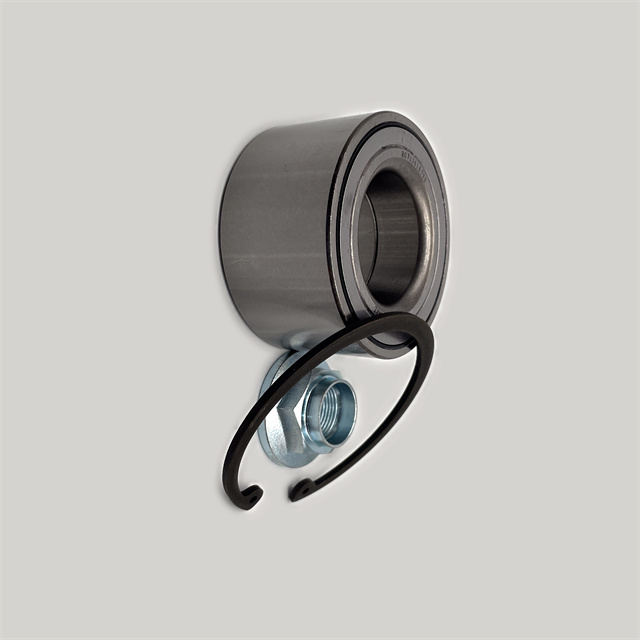In the realm of automotive engineering and maintenance, the release bearing plays a crucial role in the smooth and efficient operation of the clutch system. This comprehensive guide focuses on the NIVA 2123 release bearing x clutch assembly, exploring its functions, benefits, and proper maintenance practices to ensure optimal performance and longevity.
Understanding the NIVA 2123 Release Bearing x Clutch Assembly:

The NIVA 2123 release bearing x clutch assembly is a vital component of the vehicle’s transmission system. It consists of the release bearing, which is positioned between the clutch pressure plate and the diaphragm spring, and the clutch disc, which is sandwiched between the pressure plate and the flywheel.
Functions of the NIVA 2123 Release Bearing x Clutch Assembly:
Clutch Disengagement: When the clutch pedal is depressed, the release bearing moves the pressure plate away from the clutch disc, disengaging the transmission from the engine. This allows for smooth gear shifting.
Reduced Wear and Tear: The release bearing helps to reduce wear and tear on the clutch disc and other transmission components by minimizing friction during clutch engagement and disengagement.
Smooth Gear Shifting: A properly functioning release bearing ensures smooth and precise gear shifting, preventing grinding or jerking during gear changes.
Benefits of Using a High-Quality NIVA 2123 Release Bearing x Clutch Assembly:
Enhanced Performance: A high-quality release bearing and clutch assembly provide improved clutch performance, resulting in smoother and more responsive gear shifting.
Increased Durability: Quality components are designed to withstand the rigors of everyday driving, ensuring longer service life and reduced maintenance costs.
Reduced Noise and Vibration: A well-made release bearing minimizes noise and vibration during clutch operation, contributing to a more comfortable driving experience.
Proper Maintenance Practices for the NIVA 2123 Release Bearing x Clutch Assembly:
Regular Inspection: Periodically inspect the release bearing and clutch assembly for signs of wear, damage, or contamination. Early detection of issues can prevent costly repairs.
Lubrication: Follow the manufacturer’s recommendations for lubricating the release bearing and other clutch components to reduce friction and prolong their lifespan.
Avoid Over-Revving: Excessive engine RPMs during gear shifts can put unnecessary strain on the release bearing and other clutch components, leading to premature failure.
Smooth Clutch Operation: Avoid abrupt or aggressive clutch engagement and disengagement to minimize wear on the release bearing and clutch disc.


